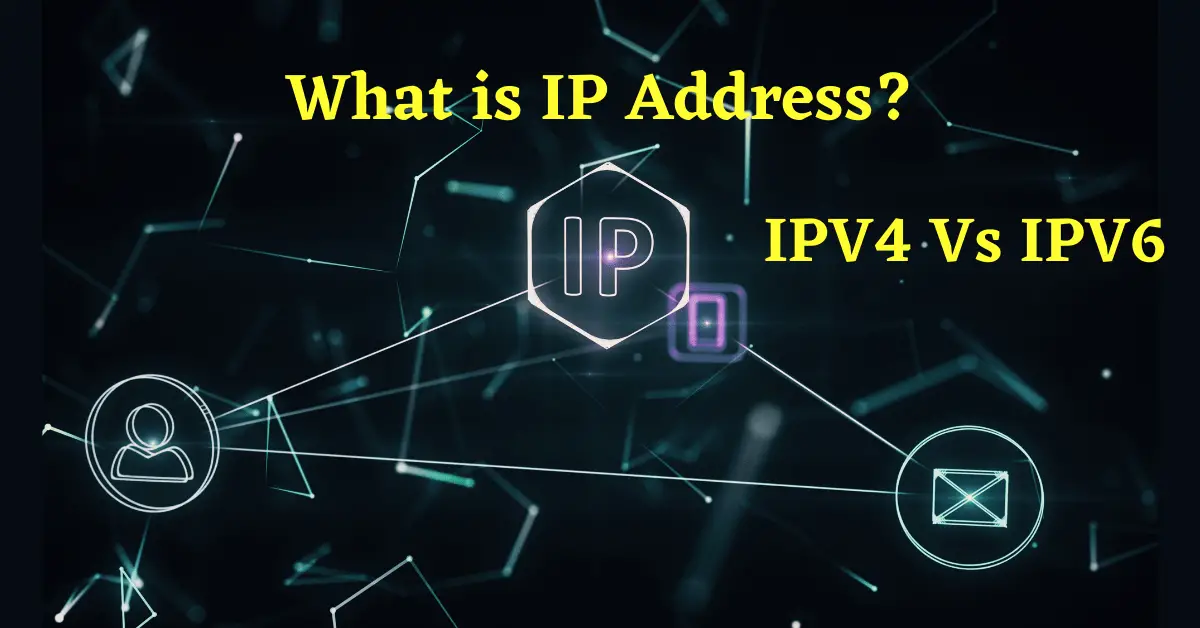IP stresser services enabling denial-of-service (DDoS) attacks continue maturing at breakneck speeds, outpacing legal and policy countermeasures. These unlawful platforms let nearly anyone overwhelm victims with debilitating floods of junk web traffic by renting swarms of compromised devices.
Early booter days
Tracing back over a decade, initial booter and stresser services operated quite primitively before innovation and competition matured offerings. Early limitations provided some protection:
- Manual targeting – Users emailed or used web forms to request attacks by date, duration, and victim assets. Launching floods involved considerable friction.
- Small botnets – Most DDoS cannons relied on bots numbered in the hundreds or a few thousand. Attacks capped at under 100 Gbps rates as a result – not enough to threaten robust infrastructure.
- Niche users – The first movers were mainly disgruntled gamers and hacking groups self-sponsoring attacks. Limited customer bases minimized stresser spread.
While still disruptive for some victims, early IP stressers posed more nuisance than grave threats during these embryonic days. Their market remained largely underground attracting few Technology mainstream antagonists seeking quick and easy attack capabilities. Stressers would soon evolve sharply though.
Commoditizing booter bandwidth
Over the early 2010s, booters industrialized denial-of-service fueled by two key innovations specifically:
- Autonomous attack services – Booters introduced web dashboards allowing instant point-and-click floods rather than awaiting manual attack requests. UIs also automated botnet scaling to purchase bandwidth.
- Anonymous cryptocurrency payments – Native support for untraceable cryptocurrencies eliminated payment barriers and allowed pseudo-anonymous purchases of attacks by anyone.
Essentially, these shifts turned DDoS into on-demand software letting novice threat actors launch powerful attacks previously requiring advanced hacking skills. Booters also heavily marketed services through dark web ads and search engine optimization. The combined transformation made booter services widely accessible to antagonists globally massively expanding the customer base and victims facing potential disruption as a byproduct.
Weaponized server botnets emerge
Presently over the last few years, stressers have graduated capabilities again through weaponizing server-based botnets into attack cannon fodder:
- Cloud server botnets – Infecting improperly secured data center machines gives access to enterprise-grade bandwidth for annihilative bandwidth floods exceeding 1 Tbps attack rates enough to overwhelm many networks and infrastructure vendors.
- New attack vectors – Booters now tout advanced vectors like SSL renegotiation flooding, DNS water torture, ACK floods, and more that unlock new dimensions, overwhelming victims through sophisticated protocol-level assaults.
- Regionalized infrastructure – Distributing command servers and web frontends across regions complicates law enforcement shutdowns. Local server proximity to target countries also reduces reaction windows for victims.
Merging with ransom DDoS (RDDoS)
Looking forward, security analysts warn of a dangerous alignment brewing between stresser DDoS capabilities and ransomware groups unleashing a new era of ransom-based extortion tied to the risk of IP stresser attacks. Dubbed RDDoS, early indications already demonstrate sinister potential:
- Extortion at scale – Lucrative ransom payouts fund purchasing DDoS capacities aimed back at victims who refuse payment demands tied to stolen corporate data.
- Infrastructure starvation – RDDoS also threatens vital internet backbone assets like DNS providers, IXPs, and content networks by the risk of large-scale stresser floods affecting vast swaths of downstream users if ransom goes unpaid.
Early RDDoS attacks have so far remained limited, but expectations forecast scalability once ransomware groups fully weaponize booters into standard operations. Visit tresser.io for more info about IP Booter.

